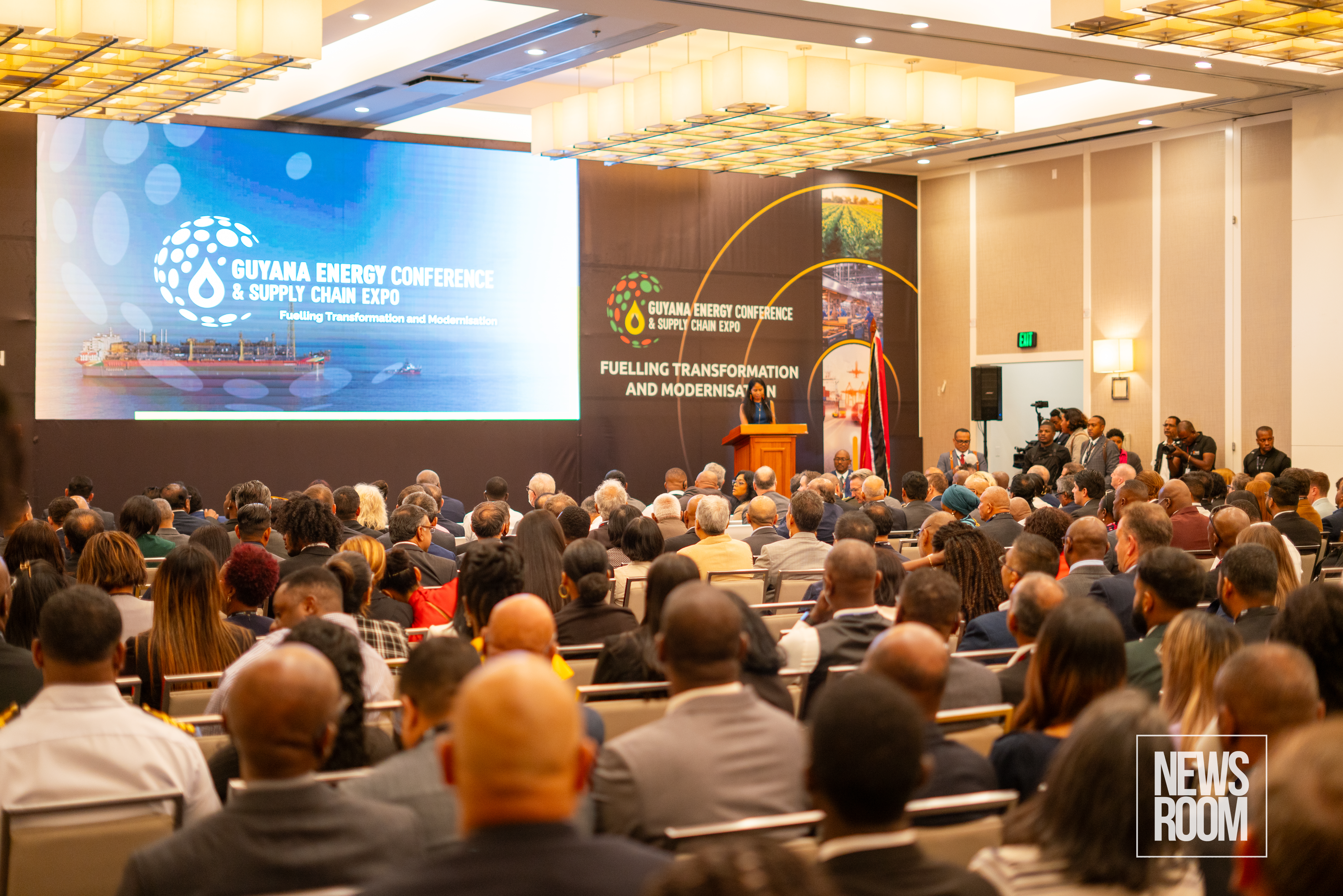Following a rigorous screening process, the Environmental Protection Agency (EPA) has determined that the construction project for the intended new high-span Demerara Harbour Bridge will have no significant impacts on the surrounding environment and therefore, an Environmental Impact Assessment (EIA) is not required to be conducted.
However, the Agency was keen to note that the decision in no way meant that the project was given the green light.
“It must be noted that this decision is in no way an indication that the proposed project is approved by the EPA,” the Agency said in a public notice, adding that it was only an exemption from the conduct of an EIA in accordance with Section 11 of the Environmental Protect Agency Act.
An EIA can be seen as a process of identifying, predicting, and evaluating the likely environmental, socioeconomic, cultural and other impacts of a proposed project or development to define mitigation actions—not only to reduce negative impacts but also to provide positive contributions to the natural environment and well-being.

Head of the EPA, Khemraj Parsram explained to the News Room on Friday during a telephone interview that though the EPA said that the project is exempt from conducting an EIA, it does not mean that the project will not have any impact on the environment.
“There are some, no project will have zero impact but these impacts from our view are not significant, irreversible or long term, they may be short term in duration and there are mitigation measures as proposed by the developer in the project summary,” he outlined.
And this is why the EPA has required that an Environmental and Social Assessment and Management Plan (ESAMP) be prepared for the project to address specific issues identified in the screening process.
That plan, according to the Agency Head, will provide in detail specific and practical mitigation measures to ensure that the project can be undertaken in an environmentally sound and sustainable manner.
“From our review, we looked at the conceptual design and so on; we realised that this does not have significant impacts or irreversible impacts hence why we chose not to grant a full scale EIA.”
Notwithstanding this, any person who may be affected by the proposed projects may lodge an appeal against the Agency’s decisions (EIA not required) to the Environmental Assessment Board (EAB).
A summary of the proposed project can be found on the EPA’s website.
The new bridge is part and parcel of the government’s rapid expansion of Guyana’s physical infrastructure aimed at improving connectivity with neighbours and trading partners.
President Irfaan Ali had said that the new bridge will open new doors for Guyana, leading to an expanded economic space, opening up new lands to unleash productive potential, and improving internal connectivity to enhance citizens and commuter convenience.
It is intended that the bridge will land at Nandy Park on the East Bank of Demerara and Meer Zorgen/La Grange on the West Bank of Demerara.
The construction of the bridge is expected to take two years.








